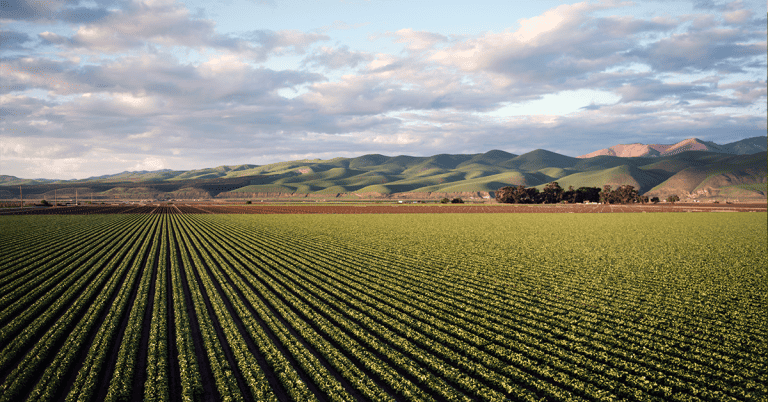Carbon capture technology is a fascinating and complex subject that plays a massive role in mitigating climate change. The process involves capturing carbon dioxide (CO2) from a waste stream, and then either using or storing it. This technology has been around for decades, but it is only in recent years that it has gained traction as a viable solution in global efforts to combat climate change. So, what is the science behind carbon capture, and how does it work? Learn more about the chemistry of carbon capture, as well as the principles of various capture technologies and the role of chemical reactions in capturing CO2.
What is and how does carbon capture work?
In recent years, the devastating effects of climate change have become increasingly apparent. One way to mitigate these effects is carbon capture. But what exactly is carbon capture, and how does it work?
Carbon capture encompasses a range of technologies that are used to remove carbon dioxide from the atmosphere or industrial processes, such as power generation, cement production, and refining. The most common carbon capture technologies include adsorption, absorption, and membrane separation. Let’s take a closer look at each of these processes in turn.
– Adsorption
Adsorption occurs when a material, typically a solid substance, binds to CO2 molecules resulting in their removal from the gas phase. This process is the preferred method for capturing CO2 in industries with small or diffuse CO2 sources, such as smaller power plants, cement producers, and refineries.
One of the most common adsorbents used in carbon capture is activated carbon. It is produced from waste material such as wood chips, and its porous nature makes it suitable for capturing CO2.
It’s also worth mentioning ERW (Enhanced Rock Weathering). This technology also employs a kind of adsorption process, in which crushed rocks and minerals capture CO2 from the atmosphere on a chemical reaction that occurs naturally and needs CO2.
While doing this, ERW store the carbon dioxide on the ground. This technique can be used on a large scale and includes benefits like improving soil fertility on agricultural soils.
– Absorption
Absorption is another carbon capture process that typically involves treating a gas stream with a solvent that selectively absorbs CO2 while allowing other gases like nitrogen, oxygen, and water vapor to pass through.
The solvent used in absorption is called amine, which reacts with CO2 to form a chemical species known as a carbamate.
Carbamate subsequently decomposes to release free CO2, which can be collected, compressed, and transported for disposal or utilization. One of the significant advantages of absorption is that it can be applied at scale, making it useful in large-scale industries, including electric power generation.
– Membrane separation
Membrane separation is a more recent technology that leverages the selectivity of membranes for separating gas mixtures. Unlike adsorption and absorption, the membrane capture process requires less energy as it does not react with the CO2.
The separation occurs as a result of differences in the transport rate of CO2 and other gases through the membrane. One of the most common types of membranes used in carbon capture is polymeric, which involves using a membrane film that resembles plastic wrap.
Another thing that needs to be analyzed is the moments in which the carbon dioxide is capture.
Other ways to analyze the carbon capture processess
Regarding the time when carbon is captured, there are two primary types of carbon capture process: pre-combustion and post-combustion. Let’s see more about them:
– Pre-combustion
Pre-combustion involves capturing carbon dioxide before combustion by converting fossil fuels into a gas mixture, consisting mainly of hydrogen and carbon dioxide. The process involves reacting fuels, such as natural gas or coal, with steam to produce a gas mixture known as syngas.
This mixture is then subjected to a chemical process called gasification, which turns it into hydrogen and CO2. The hydrogen can be used as fuel, while the CO2 is separated and captured using various absorption or adsorption technologies.
– Post-combustion
Post-combustion, on the other hand, involves capturing CO2 after combustion. This strategy is used in industrial processes where separating CO2 from flue gas exhaust is not feasible. In post-combustion capture, exhaust gas is passed through a solvent or sorbent to adsorb CO2. This process is highly complex and involves a series of chemical reactions.
The role of chemical reactions in carbon capture cannot be overemphasized. Indeed, carbon capture technologies rely heavily on chemical reactions. For instance, post-combustion capture uses a solvent, which adsorbs CO2 from flue gases.
This solvent is typically an aqueous solution of amines, which, when exposed to CO2, form a chemical reaction. The CO2 dissolves in the amine solution, and the gas-free flue gas is released into the environment. The captured CO2 is then removed from the amine solution through a thermal process known as stripping, which reverses the chemical reaction and regenerates the solvent.
In technologies like Enhanced Rock Weathering for instance, the chemical reactions that occur between the crushed rocks and minerals are essential for the removal of carbon dioxide from the atmosphere and storing it on the ground.
Understand how carbon capture works is important to further the development of better technologies
In conclusion, carbon capture technology has come a long way in recent years, driven by increased awareness of the urgent need to mitigate climate change. Understanding the chemistry behind carbon capture is crucial in developing new technologies and improving existing ones.
The main capture process, adsorption, absorption, and membrane separation, as well as the pre- and post-combustion moments, all have different advantages and disadvantages that make them suitable for specific applications.
The capture process itself relies on the formation of stable complexes between sorbents and CO2, providing a means of capturing the gas and either storing or transporting it. The science of carbon capture remains a complex, fascinating, and vital area of research essential to combatting climate change.

